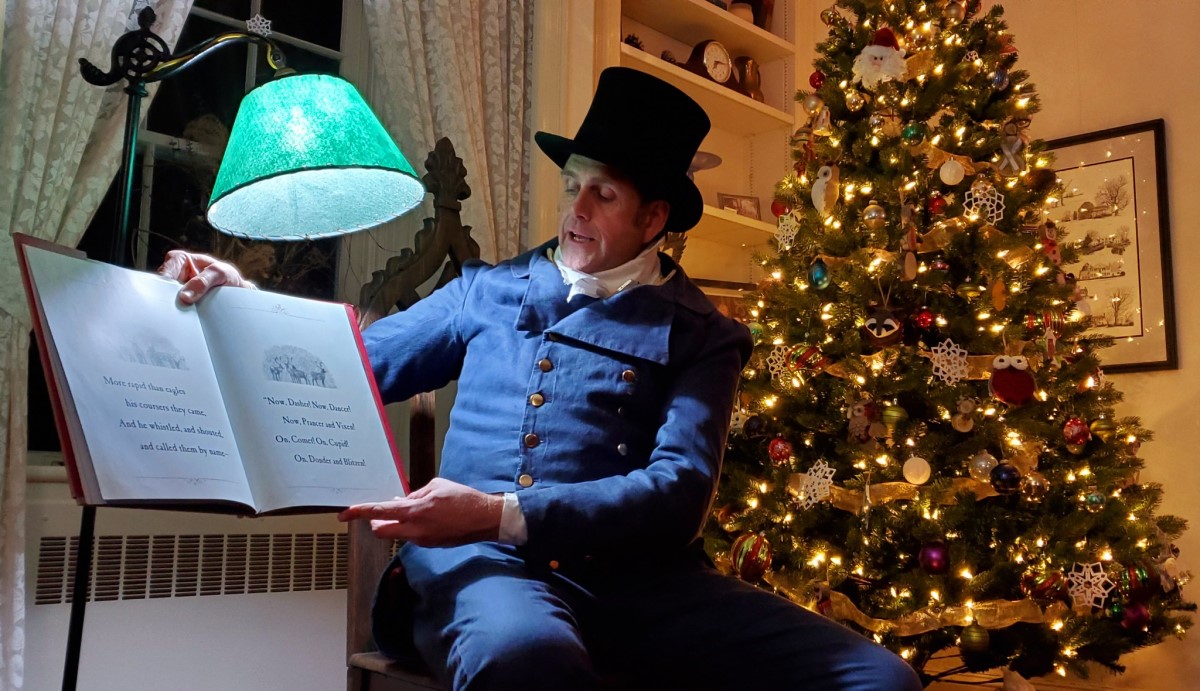REVIEW: ‘Lightyear’
So say you’re a movie studio executive desperately looking through your backlog of titles for some “intellectual property” you already own that you can exploit. You discover that you possess the rights to the farcical Naked Gun series. And it comes to you: You could redo The Naked Gun, only… serious!
Watch as a young Frank Drebin breaks up a drug ring as he learns he has to rely on his partners and not go it alone! Yeah… nah.
Well, something almost exactly like this happened to the people at Pixar and Disney a few years ago when they looked at their IP and had the blinding flash that they could build a new animated action franchise based on an iconic character from the very first Pixar film: Toy Story’s Buzz Lightyear.
You can almost hear how a silence must have descended on the meeting in which this notion was first proposed, a silence only ended when someone very high up shouted: “Brilliant!” And thus was born Lightyear.
Not brilliant.
Lightyear opened on Friday and performed disappointingly. You’re going to read a lot about why that happened. Let’s go through all the explanations and discredit each of them one by one.
First: It’s because all of Pixar’s movies since the pandemic began moved to the Disney Plus streaming service and therefore the Pixar audience has been trained to stop paying for its fare. This is ridiculous, and I’ll tell you why. Disney Plus has been a salvation for Pixar these past two years because the movies it’s made since 2019 would likely have done badly at the box office regardless. Even the best of Pixar’s pandemic releases, the beautiful Soul, was simply too downbeat and melancholy—it’s about a midlife crisis and what it means to be or feel like you are a career failure. Luca, about a boy mermaid in 1950s Italy, was so wan and undercooked it’s surprising they didn’t kill it off after the first draft (Pixar movies are rare in Hollywood because they go through drafts almost in the same way novels do). And Turning Red, about a girl who turns into a rage monster due to her menarche, was, notwithstanding its 93 percent fresh rating on Rotten Tomatoes, one of the most sheerly dislikable films of the past 20 years.
It seems clear from this weird record that the creative chickens came home to roost at Pixar in the wake of Disney’s 2018 canning of Pixar’s guiding genius John Lasseter, in what may have been the most deranged firing of the #MeToo era (an internal investigation revealed that not a single person under his employ had ever even filed a sexual assault, harassment, or propositioning complaint against him). Lasseter was sidelined in November 2017, and the creative collapse at Pixar we’ve been experiencing ever since is almost certainly one result. Given the questionable quality of most of the product, the fact that Disney Plus had been incepted in time to exploit Pixar’s popularity by presenting its goods like they were a special gift to wise subscribers was the best thing that could have happened to Lasseter’s former fiefdom.
Second: It’s because Disney-Pixar’s fixation on jamming gay content into its fare led to a same-sex couple kissing on screen in Lightyear, which cost it a conservative audience. The lesbian couple in Lightyear is so totally extraneous to the plot that the detail could only have been made a part of the movie to make a political or ideological point in a movie that is really (unlike Soul) aimed at kids. So anyone who says Disney isn’t propagandizing in the culture war is either disingenuous or stupid. That said, the whole thing lasts a second and you could easily miss it, and if the movie were fantastic, a lot of people would roll their eyes and move on.
Third: Tim Allen was replaced as the voice of Buzz Lightyear by Chris Evans, and fans are furious. Please. Who cares. Really? Although one possible aspect of this change is certain to stoke Fox and Newsmax for weeks to come: Tim Allen is a Trump-friendly conservative, while Evans (once referred to in the Washington Post as the “actor-turned-activist”) is Mr. Wokey Von Wokenstein.
Nah, nah, nah. Here’s why.
From the moment the first Lightyear trailer was released, everyone paying attention could see it was a Toy Story movie without the toys, and a Buzz Lightyear movie without a recognizable Buzz Lightyear. The character of Buzz is one of the great comic creations in all animated movies—a delusional toy who thinks he’s not a toy. He thinks he’s an actual “Space Ranger” fighting against the evil Emperor Zurg. He’s heroic and clueless and kind and stupid and full of himself and self-sacrificing all at the same time. And the moment when he can no longer deny that he is a creature made of plastic comes when he is dressed up and placed at a doll’s tea party. “I am Mrs. Nesbitt!” he cries in horror and shame before giggling insanely. Buzz continues to be the inspired butt of jokes—and the subject of touching self-reflection—throughout the four Toy Story movies.
Now comes this dull, arid, uninteresting bollix of a vehicle in which Buzz is no longer a toy but rather an actual Space Ranger. And the whole of Lightyear turns on a catastrophic mistake he makes out of vaingloriousness—he strands himself and dozens of fellow shipmates by trying a flying maneuver that destroys his craft and maroons them on a far-away planet. This happens in the first 10 minutes, which raises the question: Why should we care what happens to this Buzz? He’s a jerk.
In his book Adventures in the Screen Trade, William Goldman tells the story of his sure-to-be-a-blockbuster 1975 movie The Great Waldo Pepper, in which he reteams with director George Roy Hill and Robert Redford (the three had made Butch Cassidy and the Sundance Kid together before Hill and Redford went off to do The Sting). The movie’s plot hinges on an accident, when the 1920s pilot Waldo Pepper has his girlfriend (the young Susan Sarandon) doing a stunt walk on the wing of his plane. He screws up and she falls off and dies.
When they all saw the movie with an audience for the first time, Goldman reports, they knew they had made a disastrous error. Nobody wanted to see Robert Redford kill Susan Sarandon, even by mistake. Even if the rest of the movie showed Waldo redeeming himself, the audience was lost, the word of mouth was going to be terrible. There was no way to fix this. And that’s why you’ve probably never heard of The Great Waldo Pepper.
Lightyear’s plot mistake isn’t even the worst thing about it. The worst thing about it is that it’s not funny, it’s not interesting, and if the character was named Phil Shmedlap, this thing wouldn’t even exist. This fundamental misunderstanding of how to use existing “intellectual property”—which is not to redefine and undermine the very thing you’re trying to evoke fondly—just never seems to have occurred to anyone at Pixar or Disney.
You know, just like it never occurred to them that there might be consequences for lobbying against specific legislation in Florida. Yeah, like that.
" Conservative News Daily does not always share or support the views and opinions expressed here; they are just those of the writer."





Now loading...